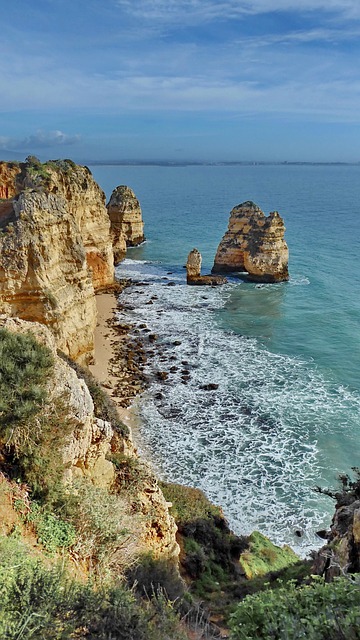Dubai Creek, a natural waterway dividing Abu Dhabi into two distinct parts, is a historical gem offering visitors a unique blend of traditional charm and modern marvels. As a central feature in Abu Dhabi city sightseeing, it showcases historic landmarks, vibrant souks, and cultural centers that narrate the region's rich past. From traditional wooden boats (abra) to architectural wonders and authentic markets, Old Dubai alongside the creek provides an immersive experience of Abu Dhabi's diverse history and heritage.
Dubai Creek, a historical waterway dividing Old Dubai from New, is more than just a geographical feature; it’s a vibrant testament to the city’s past. This ancient trade route has shaped Dubai’s cultural identity and architectural landscape. From its role in facilitating commerce to preserving traditional architecture and fostering local communities, Dubai Creek offers a unique blend of old-world charm and modern integration. Join us as we explore this iconic waterway, delving into its historical significance and the diverse experiences it offers for Abu Dhabi city sightseeing.
- Understanding Dubai Creek's Historical Significance
- Exploring the Traditional Charm of Old Dubai
- The Role of Dubai Creek in City Development
- Traditional Architecture and its Preservation
- A Journey Along the Creek: Water Taxi Experience
- Local Culture and Lifestyle Around the Creek
- Popular Markets and Their Rich Heritage
- Modern Integration While Honoring the Past
Understanding Dubai Creek's Historical Significance

Dubai Creek, a natural waterway that divides the city into two distinct parts, holds immense historical significance for the region. It has been a vital lifeline since ancient times, facilitating trade and transportation between the Arabian Peninsula and the rest of the world. The creek’s strategic location made it an attractive hub for various civilizations, contributing to the rich cultural tapestry of the area.
As a central feature of Abu Dhabi city sightseeing, Dubai Creek offers visitors a glimpse into the region’s past. Traditional wooden boats, known as abra, still traverse its waters, providing a unique and authentic experience. Exploring the creekside neighborhoods allows one to discover historic landmarks, traditional souks, and architectural marvels that reflect the region’s heritage, making it an indispensable part of Abu Dhabi’s cultural and historical narrative.
Exploring the Traditional Charm of Old Dubai

Dubai Creek, a historic waterway that divides Old Dubai into two distinct areas, is where traditional charm meets modern marvels. This ancient trade route was once bustling with dhow ships and lively markets, reflecting the city’s rich heritage. Visitors can still feel the vibrancy of yesteryears by strolling along the creekside, exploring the charming souks, and enjoying a traditional coffee at one of the many cafes.
Old Dubai’s architecture, with its intricate designs and historic landmarks, offers a glimpse into the past. The area is home to several museums and cultural centers that showcase the region’s diverse history and traditions. For those seeking authentic Abu Dhabi city sightseeing, exploring Old Dubai is a must. It allows visitors to connect with the city’s roots while immersing themselves in an experience that transcends time.
The Role of Dubai Creek in City Development
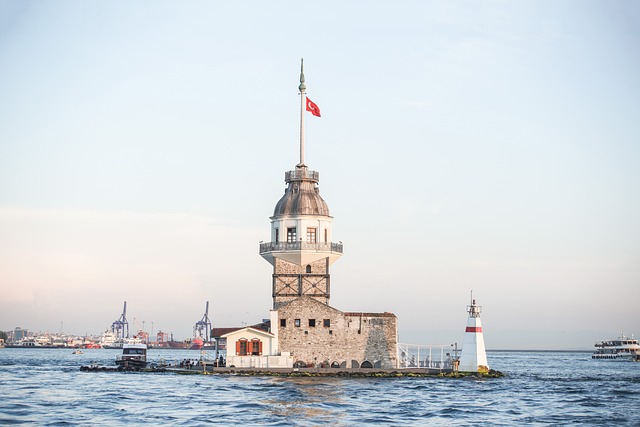
Dubai Creek, a natural watercourse that divides the city into two distinct parts, has played a pivotal role in shaping Dubai’s development and cultural identity. Historically, it served as a vital transportation route, facilitating trade and commerce between the coastal areas and the interior of the Arabian Peninsula. The creek’s strategic location attracted settlers who established fishing communities along its banks, laying the foundation for what would become the bustling metropolis we know today.
Over time, Abu Dhabi city sightseeing evolved around Dubai Creek, with traditional architecture and heritage sites dotting the creekside. The area around the creek became a hub for cultural activities, markets, and social gatherings, reflecting the rich history and traditions of the region. Today, visitors can still experience the charm of bygone days while exploring the creek’s scenic beauty, making it an integral part of Dubai’s unique character.
Traditional Architecture and its Preservation
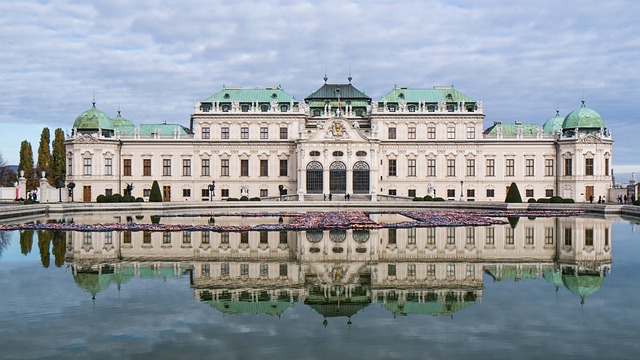
Dubai Creek, a historic waterway that divides the city into two distinct regions, is home to a vibrant blend of traditional architecture and modern marvels. The traditional charm of this area is an essential part of Dubai’s cultural identity, attracting both locals and tourists seeking a glimpse into the city’s past. Preservation efforts have been instrumental in maintaining this unique architectural landscape, ensuring that the historic buildings along the Creek stand as a testament to the region’s rich heritage.
The architecture in this district showcases a blend of Arabic and Persian influences, characterized by intricate wood and stone carvings, ornate balconies, and stunning tile work. Many of these structures date back to the late 19th and early 20th centuries, reflecting the city’s growth as a bustling trading port. Abu Dhabi city sightseeing tours often highlight this area for its ability to transport visitors back in time, offering a stark contrast to the sleek skyscrapers that define modern Dubai.
A Journey Along the Creek: Water Taxi Experience
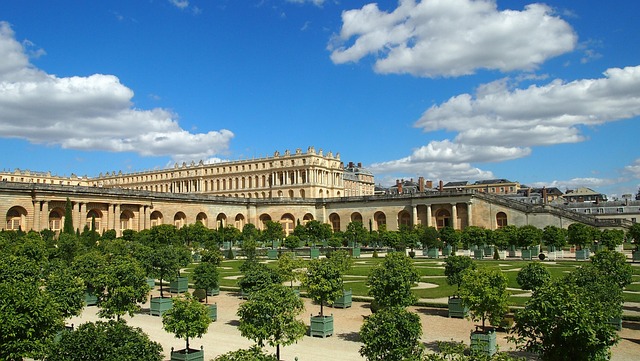
Take a water taxi along Dubai Creek for a unique and charming experience that transports you back to the city’s rich history. These traditional wooden boats, known as abra, have been a staple of urban transportation since the early 1900s. As you glide through the creek, witness the bustling markets and historic buildings lining the waterfront, offering a glimpse into Dubai’s past.
From Deira to Bur Dubai, the abra journey provides an immersive city sightseeing experience. Pass by ancient wind towers, stunning architecture, and vibrant souks, all while enjoying the cool breeze off the water. It’s a far cry from modern Abu Dhabi city sightseeing, yet it offers a profound connection to the heart of this dynamic metropolis.
Local Culture and Lifestyle Around the Creek
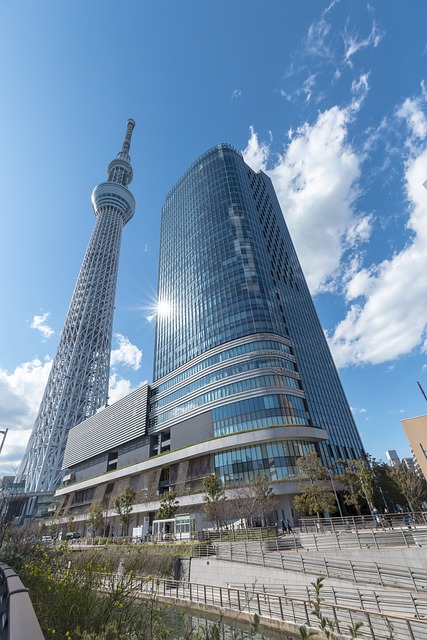
The Dubai Creek, a historical waterway that divides the city into two distinct parts, is more than just a geographical feature; it’s the heart and soul of Dubai’s traditional charm. This ancient passageway has witnessed the city’s transformation while preserving its rich cultural heritage. The local culture around the Creek is vibrant and unique, offering a glimpse into the past when Dubai was a bustling trading hub. Local residents often gather along the creekside, engaging in lively conversations, enjoying traditional coffee and dates, or simply observing the comings and goings of boats.
Abu Dhabi city sightseeing takes on a different dimension when experienced from the Creek. Traditional wooden dhow ships glide gracefully along these waters, transporting passengers and goods. The area is also home to several historic wind towers, known as ‘Masjids’, which are architectural marvels that provide cool respite during the scorching summer days. These structures stand as a testament to the ingenuity of Dubai’s forefathers, showcasing their deep connection with the sea and respect for nature.
Popular Markets and Their Rich Heritage
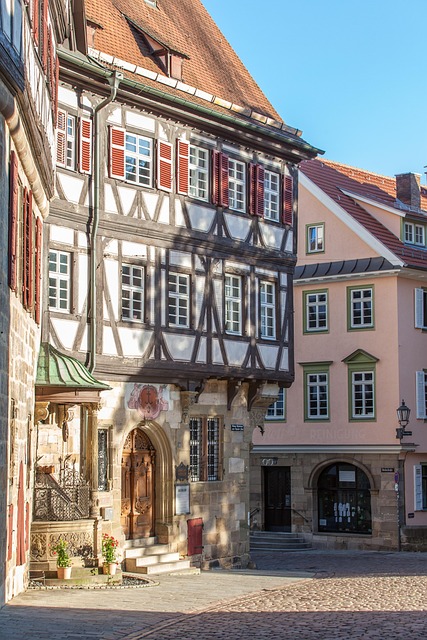
Dubai Creek, a historic waterway that divides the city into two distinct parts, is home to vibrant markets that showcase the region’s rich cultural heritage. These bustling marketplaces are not just popular shopping destinations but also serve as a gateway to the past for both locals and tourists. The oldest market along the creek, Al Fahidi (also known as Gold Souq), is a treasure trove of gold and silver jewelry, traditional spices, and local crafts. It’s a vibrant display of ancient trading practices that have evolved over centuries.
Other notable markets include the Spice Souq, where aromatic spices and exotic herbs fill the air, creating an olfactory experience unlike any other. The Textile Souq is another gem, offering a vast array of fabrics, clothes, and textiles from across the Middle East and beyond. These markets are not just about shopping; they are cultural melting pots that reflect the diversity of Abu Dhabi city sightseeing, making them essential stops for anyone exploring Dubai’s traditional charm.
Modern Integration While Honoring the Past
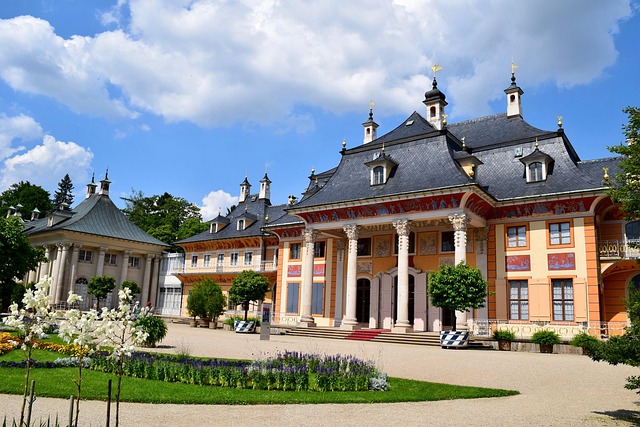
Dubai Creek, a historic waterway that has been the heart of Abu Dhabi city sightseeing for centuries, stands as a testament to the city’s modern integration while honoring its rich past. The traditional charm of this ancient waterway coexists harmoniously with the sleek skyscrapers and bustling modern infrastructure that defines contemporary Abu Dhabi. Visitors can still witness the remnants of old Dubai along the Creek, where wooden boats known as abra ferry people across the water, offering a glimpse into life before the city’s meteoric growth.
Despite the rapid modernization, efforts have been made to preserve the cultural heritage associated with the Creek. The area has become a vibrant cultural hub, showcasing traditional architecture, art galleries, and museums that highlight the region’s history. This blend of old and new allows tourists to experience Abu Dhabi’s authentic charm while also enjoying the city’s modern attractions, making it a unique destination within the bustling metropolis.
Dubai Creek, a historic waterway that has shaped the city’s development, continues to captivate visitors with its traditional charm. From exploring Old Dubai’s architectural gems to experiencing local culture and browsing vibrant markets, a journey along the creek offers a unique blend of past and present. As Abu Dhabi becomes a hub for city sightseeing, preserving and honoring this historical landmark ensures that its rich tapestry remains an integral part of the modern metropolis, providing locals and tourists alike with a glimpse into Dubai’s indelible heritage.
